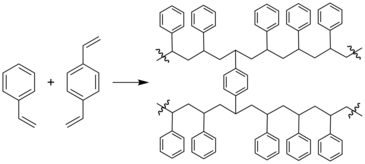Chemistry l
The Chemistry I course digital enhancements collection provides open education resources (OER) for instructors covering chemical concepts in the first semester of a general chemistry course or other STEM-related courses that cover some aspect of first semester chemistry topics within their curriculum. The “Chemistry: Atoms First, 2e” is the primary OER textbook used by the UNC Digital Course Enhancement for Chemistry I faculty team members. The course material provided is related to general chemistry concepts that students on a career tract, such as a professional career in chemistry, a related science, the health professions, or engineering are required to learn. General Chemistry I course collection materials include suggested reading sections in the Chemistry: Atoms First, 2e textbook, lecture videos and activities/assessments related to chemical concepts such as, but not limited to the following: relevant chemistry historical events, basic principles and definitions, states of matter, dimensional analysis, the mole, atomic structure, the periodic table, periodic relationships, chemical bonding and geometry, enthalpy, stoichiometry, and types of chemical reactions.
Student Learning Outcomes (SLOs)
The Chemistry I course enhancements collection was developed based upon student learning outcomes (SLOs) and course topics across five institutions, including UNC Asheville, UNC Charlotte, UNC Greensboro, Appalachian State University, and NC Central University.
Upon successful completion of this course, students will be able to:
Recognize units of measurement and associate them with properties of matter.
Describe and analyze the historical evidence that led to the discovery of the electronic structure of atoms and the bonding of atoms and ions in molecules.
Explain the periodic table, quantum mechanics and wave particle duality.
Explain how electrostatic and bonding interactions lead to chemical and physical properties of matter.
Identify different types of chemical reactions and represent them with chemical equations and calculations.
Describe and quantify energy changes in chemical/physical processes at macroscopic and atomic/molecular levels.
Explain change and stability in chemical systems based on thermochemical principles.
Describe and apply the scientific method in chemistry to solve problems and interpret data.

















